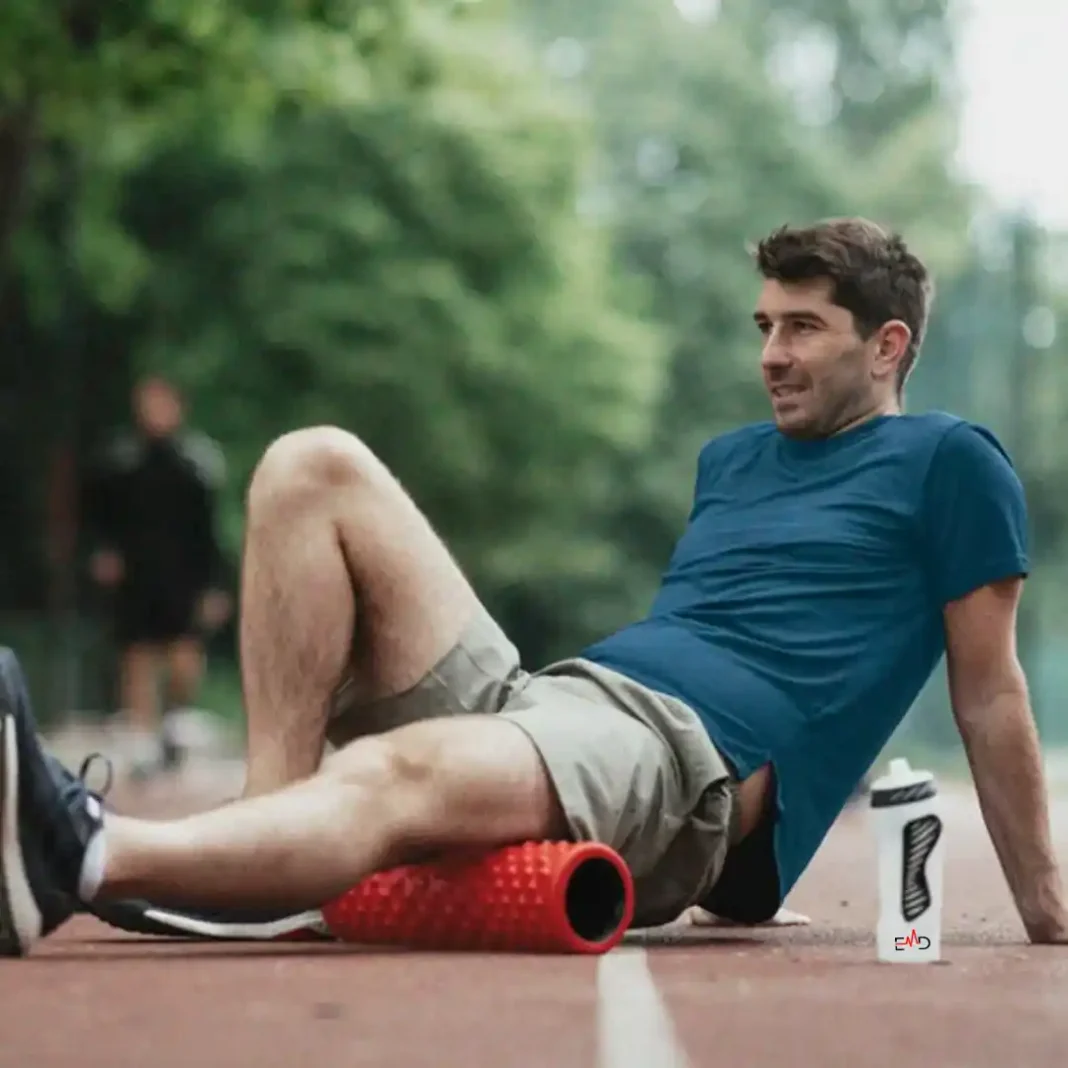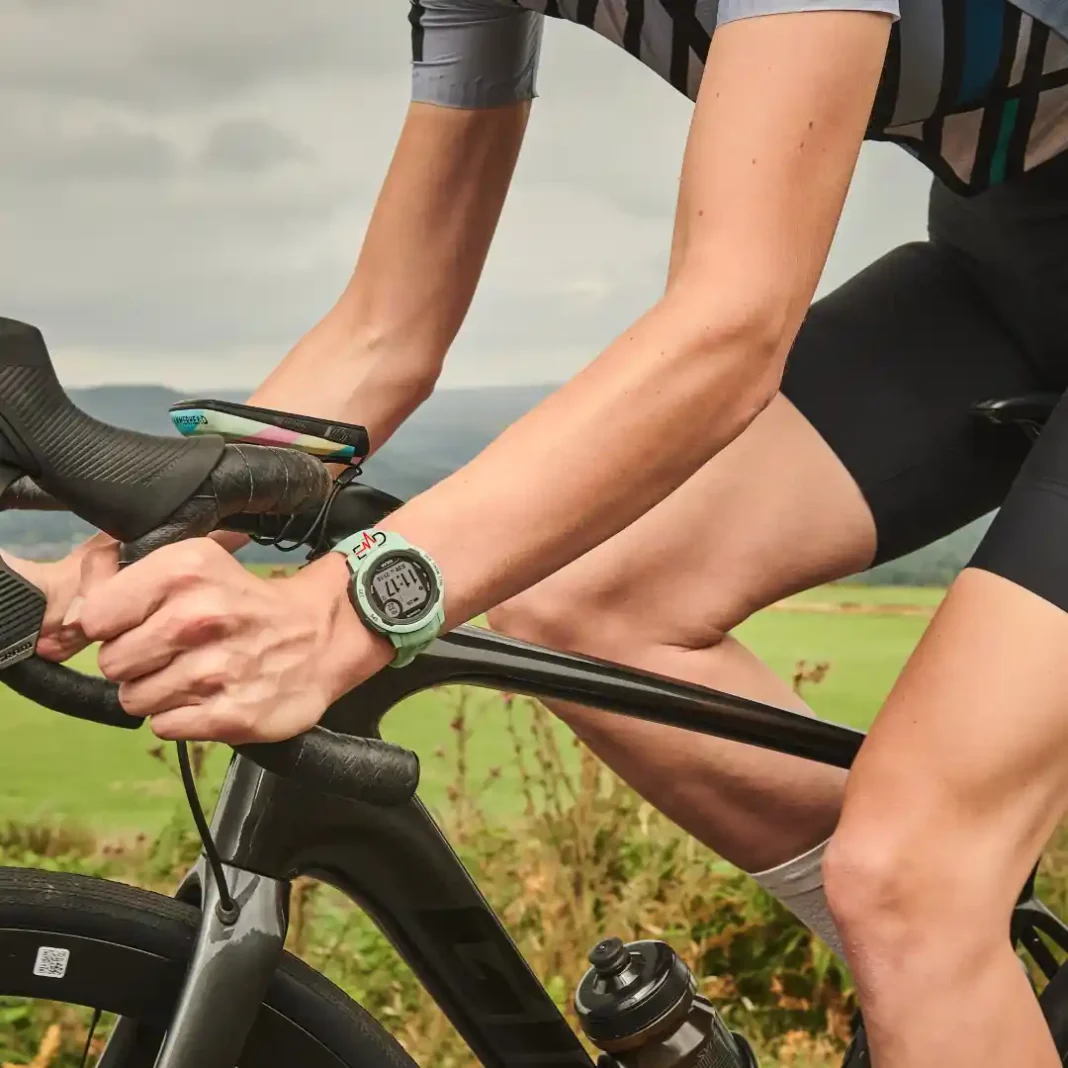Exercise Daily – Every athlete, whether a weekend warrior or an elite competitor, knows that training alone won’t guarantee top results. Recovery is a key component of the athletic equation, helping the body heal, adapt, and grow stronger after intense training. When you incorporate the right recovery techniques for athletes, you set yourself up for sustained performance gains and fewer setbacks.
In the pursuit of peak athletic performance, recovery is just as important as training. Effective recovery strategies help athletes maintain long-term progress while preventing injuries and burnout. Whether you’re an endurance-trained athlete, a sprinter, or a strength competitor, focusing on the recovery process allows you to improve performance consistently.
This article dives into effective recovery strategies including both active recovery and passive recovery methods; so you can unlock your full potential. From reducing muscle soreness to improving endurance and enhancing cycle performance, these approaches can make a world of difference for your sports performance.
Why Recovery Matters for Athletes
Before we explore the nitty-gritty of various recovery techniques for athletes, it’s essential to understand why recovery is crucial. After training or competition, muscles experience micro-damage and inflammation. While this is part of the process that leads to strength and endurance gains, your body needs time and the right conditions to repair and adapt. By incorporating effective recovery methods, you can:
- Reduce the risk of injury
- Improve performance following strenuous activity
- Enhance overall sports recovery
- Shorten recovery time between training sessions
- Maintain optimal physical and mental health
Neglecting recovery can result in overtraining, which can lead to decreased performance, chronic fatigue, and even long-term health issues. Athletes and coaches must prioritize recovery strategies to optimize performance and recovery in a sustainable way.
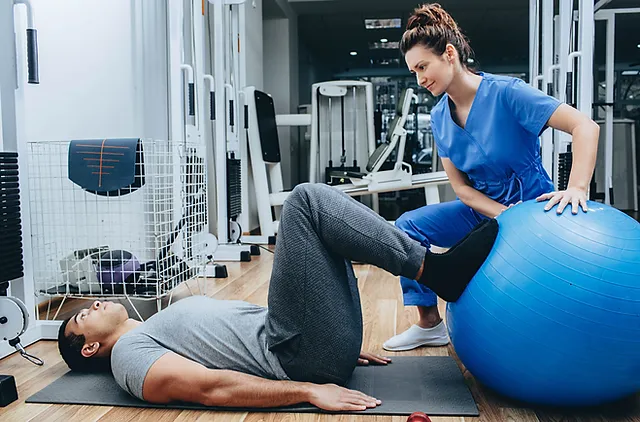
Top Recovery Techniques and Strategies
Here are some of the most popular and scientifically-backed recovery strategies that elite athletes rely on. These techniques have been shown to improve athletic performance and keep you in peak condition.
1. Active Recovery: Moving with a Purpose
Active recovery involves low-intensity exercises that promote blood flow and muscle relaxation. Instead of complete rest, activities like light cycling, swimming, or yoga can help flush out metabolic waste, deliver nutrients to muscles, and reduce stiffness. In fact, studies have demonstrated that active recovery between trials can lead to better subsequent performances compared to full rest.
Benefits:
- Enhances blood flow
- Speeds up the recovery process
- Reduces muscle soreness
How to incorporate active recovery:
- Perform light exercise (walking, cycling, swimming) for 15-30 minutes after a tough workout.
- Include mobility drills and dynamic stretching in your routine.
- Schedule active recovery days after intense training sessions.
2. Passive Recovery: When Rest Is Best
Sometimes, the most effective approach is simply to rest. Passive recovery involves doing nothing strenuous, allowing your body to naturally rebuild and replenish. Although not as dynamic as active methods, passive recovery can still be beneficial after especially intense training or competition.
When to use:
- After exhaustive endurance events
- During an off-season phase
- In combination with other recovery strategies
While passive recovery might seem counterintuitive, it allows the nervous system to recharge and muscles to rebuild without added stress.
3. Compression Garments: Squeeze Out the Soreness
Wearing compression garments post-exercise is a recovery method often used by athletes to improve circulation, reduce swelling, and minimize muscle fatigue. These garments apply gentle pressure, helping to reduce the build-up of lactic acid and other by-products of intense exercise.
Benefits:
- Aids in faster recovery
- Decreases perceived muscle soreness
- Supports the recovery of muscle tissue
How to use compression garments:
- Wear compression socks or sleeves for 1-2 hours post-exercise.
- Use them during travel to enhance circulation.
4. Massage Therapy: A Tried-and-True Approach
Massage has long been a go-to for athletes seeking relaxation and faster healing. By manipulating muscle tissue, massage can improve circulation, relieve tension, and enhance flexibility. Plus, it feels pretty amazing after a grueling workout or competition.
Why it works:
- Encourages blood flow
- Reduces muscle tightness
- Promotes a sense of well-being
Scheduling regular massages or using self-massage tools like foam rollers can enhance athlete recovery significantly.
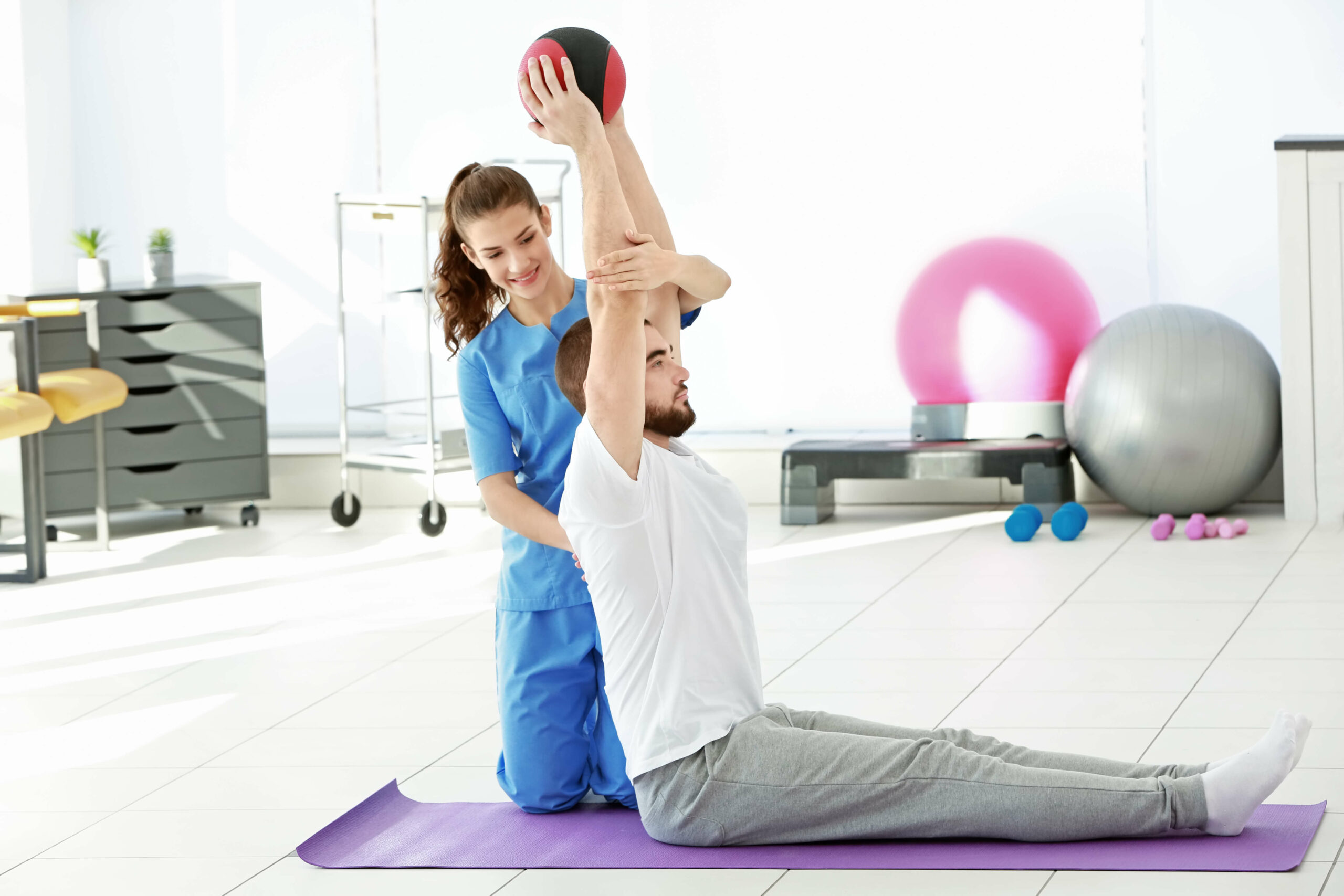
5. Cold and Heat Therapies: Harnessing Temperature
Ice baths and heat therapy are classic recovery strategies. Cold immersion, such as ice baths or cold packs, helps reduce inflammation and numb soreness. Heat, on the other hand, increases circulation and relaxes tight muscles. Alternating between hot and cold (contrast therapy) can be especially effective for recovery from exercise-induced muscle damage.
Use cases:
- Ice baths for acute soreness and inflammation
- Heat for chronic stiffness and recovery from endurance exercise
- Contrast therapy to balance both
6. Stretching and Mobility Work
Stretching post-exercise may help maintain flexibility, improve range of motion, and prevent muscle stiffness. Adding dynamic stretches and mobility drills to your recovery routine ensures that your body stays supple and ready for the next training session.
Why it’s valuable:
- Reduces tightness and stiffness
- Prepares muscles for future training
- Improves joint health
7. Nutrition and Hydration: Fueling Recovery
What you put into your body matters just as much as how you train. Proper nutrition—especially a mix of carbohydrates, protein, and healthy fats—provides the building blocks your muscles need to repair and grow. Staying hydrated supports circulation, temperature regulation, and the removal of waste products.
Tips:
- Eat a balanced meal within an hour of training
- Sip water or a low-sugar electrolyte drink throughout the day
- Consider recovery-focused snacks like protein shakes or fruit
8. Sleep: The Ultimate Recovery Tool
Sleep is when your body does its best repair work. During deep sleep, growth hormone levels peak, which helps muscles recover and strengthens the immune system. Aim for 7-9 hours of quality sleep per night to see noticeable improvements in performance and recovery.
It’s no secret that sleep is when your body does its best repair work. During deep sleep, growth hormone levels peak, which helps muscles recover and strengthens the immune system. Aim for 7-9 hours of quality sleep per night to see noticeable improvements in performance and recovery.
Why it’s essential:
- Enhances overall physical performance
- Speeds up the recovery process
- Boosts mental clarity and mood
9. Periodization and Training Modifications
Sometimes recovery comes down to smart scheduling. By alternating periods of high-intensity training with lower-intensity phases, you can give your body the downtime it needs to fully recover. This approach, known as periodization, ensures that you hit your peak at the right times without overtraining.
Benefits:
- Prevents burnout
- Helps maintain long-term performance gains
- Reduces the risk of overuse injuries
10. Recovery Technologies and Gadgets
From percussion massage guns to infrared saunas, the world of recovery tech is booming. These tools can supplement traditional methods, giving you an extra edge in reducing soreness and improving recovery speed. Although they’re not a substitute for solid fundamentals, they can be a helpful addition to your recovery toolbox.
11. Mindfulness and Stress Management
Stress isn’t just a mental burden; it affects your body’s ability to recover. Practices like meditation, deep breathing, and mindfulness can calm the nervous system and improve sleep quality. By keeping stress in check, you pave the way for smoother recovery cycles and better overall health.
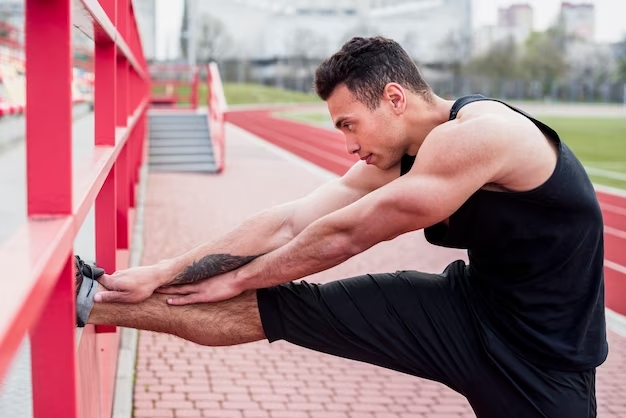
Conclusion: Finding Your Perfect Recovery Mix
Incorporating the right recovery techniques for athletes is all about balance. Whether you’re leaning into active recovery, prioritizing sleep, or experimenting with cutting-edge recovery technology, the goal is to enhance your body’s natural ability to bounce back. Over time, these practices not only help you feel better but also unlock new levels of exercise performance and resilience.
By investing in your recovery, you’re investing in your future as an athlete. So, take the time to explore these methods and find what works best for you. Your body—and your performance—will thank you.
FAQs – Top Recovery Techniques for Enhanced Athletic Performance
Q: What is the best recovery method for athletes?
The best recovery method varies depending on the individual, but a combination of active recovery, proper nutrition, adequate sleep, and massage therapy often yields the best results.
Q: How long should an athlete focus on recovery?
The length of recovery depends on the intensity of training. Light sessions may only require a few hours of recovery, while intense training or competition may need one to two days of dedicated recovery time.
Q: Can compression garments really improve recovery?
Yes, compression garments have been shown to enhance blood flow, reduce muscle soreness, and support faster recovery, making them a valuable addition to any athlete’s recovery routine.
Q: What role does hydration play in recovery?
Hydration helps maintain blood volume, supports nutrient delivery to muscles, and aids in flushing out waste products. Staying well-hydrated is crucial for effective recovery.
Q: How important is sleep for athletic recovery?
Sleep is one of the most critical aspects of recovery. During deep sleep, the body repairs tissues, builds muscle, and replenishes energy stores. Without sufficient sleep, recovery and overall performance can suffer.


